Jaisalmer Fort is one of the iconic forts in Rajasthan, a proud state of northern India. Notable for producing several patriotic warriors, the state of Rajasthan or former Rajputana, houses more than a hundred of forts. Jaisalmer Fort, is however recognized as the second oldest fort in Rajasthan and also among oldest fortresses in India. But the most interesting part is the rich history of Jaisalmer Fort, which also had a significance influence on the history of Rajasthan and India.
Jaisalmer Fort of Rajasthan is also the one among the rarest living forts in India. About one quarter population of the city still lives in the fort for free. World Heritage Committee (WHC) has declared the Jaisalmer Fort as a UNESCO World Heritage Site in 2013. Namely, the forts of Chittor, Kumbhalgarh, Ranthambore, Gagron and Amer are categorized as ‘Hill Forts of Rajasthan’ under UNESCO.
The second oldest fort of Rajasthan appears at the expanse of the Thar desert of Rajasthan. Built with golden sandstones,the fort a glittering golden look during suset. Hence Jaisalmer Fort is therefore, also popular as Swarn Durg or Sonar Quila, which means ‘the golden fort’.
History of Jaisalmer Fort
Jaisalmer Fort, the second oldest fort in Rajasthan has long, incredible history of 850 years. Rawal Jaisal Singh Bhati, the founder of Jaisalmer Fort, born to the Yaduvanshi Bhati Rajput family. The Bhati Rajput Dynasty was known to be the proud rulers of Ludurva, a small region 15 kilometers north-west to Jaisalmer.
Background of Bhati Rajput Dynasty
Bhati Rajput Dynasty of Jaisalmer were known for their ferocity and probably the most powerful clan in the region. Rathore clans of Jodhpur and Bikaner were the strongest opponents of the Bhatis of Jaisalmer. Most of their clashes would result from possession of certain small lands, petty forts, small waterholes or cattle stealing. The Bhatis and other desert bandits would target merchants’ caravans those moved towards Delhi through the ancient silk trade route. Forced levies on the merchants’ goods were the major source of income.
Bhati Dynasty was strongest ruling dynasty in the region. Bhati Rajputs, the royal family of Jaisalmer, ruled the fort until 1950. But the fort went several sieges from north Indian super powers like Delhi Sultanate and Mughal Empire. But the proud Bhati Rajput dynasty shown their guts every time, to retaliate and reclaim the fort.
Foundation of Jaisalmer fort
The primary reason behind the foundation of Jailsalmer Fort was internal family tussles of Bhati Rajputs. Rawal Deoraj Bhati, the father of Rawal Jaisal, appointed Vijayraj Lanjha as his successor. Vijayaraj was the younger half-brother of Rawal Jaisal. This prompted Rawal Jaisal the idea of establishing a new kingdom. Eventually in 1156 CE, Rawal Jaisal founded the Fort of Jaisalmer. Soon a city formed around the fort.

Why Rawal Jaisal chose the region of Jaisalmer?
Silk Road, the ancient trade route which then connnected eastern and western Asia, went beside the Jaisalmer Fort. Probably it was the primary reason why Rawal Jaisal selected the place for his new kingdom of Jaisalmer. It helped in collection of taxes easier from the merchants passing thorugh the Silk Road. Fortification of the city was therefore extremely crucial.
Siege by Alauddin Khalji
The acts of Bhati Rajput dynasty of raiding merchant caravans, sometimes backfired badly. Rawal Jait Singh, the ruling king of Jaislamer in late 13th century, suffered the first siege of the fort. The sons of Rawal Jait Singh and his men raided and captured a large caravan of Alauddin Khilji, the Sultan of Delhi. The caravan consisted three thousand horses and mules carrying treasures and valuables. Such act of plundering prompted Alauddin to order a military expedition against Jaisalmer.
The first seige of Jaisalmer Fort took place around 1299, ordered by Alauddin khilji of Delhi Sultanate. Delhi Sultan’s Army sieged the fort for several years, but failed to cut the supply lines of the fort. Rawal Jethsi took his last breath during the period. His successor, Mulraj II, took charge and continued defending the fort. After eight long years of besiege, Delhi Army eventually succeeded in cutting the fort’s supplies, forcing the Bhati Rajput King to surrender.

First Jauhar of Jaisalmer Fort
Bhati Rajput women however, chose to die instead of surrender to the Army of Delhi Sultanate. About 24,000 women self immolated on funeral pyres known as the first Jauhar of Jaislmer Fort. Women were also killed by the swords of their male partners, when the pyres proved insufficient to accommodate all.
About 3,800 Rajputs also committed suicide by opening the fort gates and advancing to death. The tragic incident was marked as the first Jauhar in the history of Jaisalmer fort. Jaislamer Fort went under control of Delhi Sultanate for next few years until surviving Bhati Rajput warriors reclaimed the fort.
Siege by Firoz Shah Tughlaq
History repeated at Jaisalmer Fort by late 14th century. This time a Bhati prince raided an army camp of Firoz Shah Tughlaq of Delhi Sultanate at Ana Sagar lake. He took away the pricely steed of Firoz Shah. The Sultan of Delhi immediately ordered his army to march for Jaisalmer. Sultan’s army sieged the fort of Jaisalmer and blocked all supplies of food and ammunition from outside. Lack of supplies soon forced the Bhatis face defeat.
The defeat led to about 16,000 women inside the fort commit suicide on funeral pyres, driven by their tradition. Rawal Dudu, his son and other 1,700 warriors also committed suicide. History marked this miserable incident as the second Jauhar of Jaisalmer fort.
The fort left unoccupied for several years. During 15th century, the Bhatis reoccupied the fort again and continued to rule.
Amer Ali’s Invasion to Jaisalmer Fort
Rawal Lunakaran Bhati ruled the fort between 1530 and 1551 CE. Amir Ali, an Afghan commander attacked the fort. According to a legend, Amir Ali sought Lunakaran Bhati’s permission to take his wives visit the fort. Once granted, Amir Ali figured out a dangerous plan of capturing the fort. He sent palanquins full of armed soldiers instead of his wives.
The guards of the were completely shocked with the surprise attack. It almost became a loosing battle for Lunakaran Bhati and his men. Once he realized that, they started killing the women inside the fort with their swords, since time was insufficient for preparing funeral pyres. However, before the males would started committing suicides, reinforcements arrived from outside. Bhati’s men eventually won the battle and Amer Ali and his soldiers were killed.
Therefore, third Jauhar of Jaisalmer fort, remained only a half Jauhar, as the male population survived the attack.
Mughal Rule at Jaisalmer Fort
Jaisalmer fort went under the Mughals from 1541 CE, during the rule of Rawal Lunakaran. Mughal emperor Humayun attacked the fort on his way to Ajmer. Rawal Lunakaran suffered defeat. However, Mughal emperor Humayun allowed the Bhatis to continue ruling the fort against some annual revenues. Mughal control in the history of Jaisalmer fort continued till eighteenth century.
The Bhati Rajput kings of Jaisalmer forged alliances with the Mughal rulers. They offered Bhati princesses to marry the Mughal princes, leading to a stable relationship between the Mughal and Bhati dynasties. They also served as Mughal commanders in subsequent battles.
Jaisalmer being deep into the desert of Thar, the Mughals and other Islamic clans showed least interest in it. However, the Mughal control over the fort continued up to 1762 CE.
Regain control of the fort by Bhati Rajputs
In September, 1757 CE, Mughal emperor Shah Jahan’s health started deteriorating. He appointed his eldest son, Dara Shikoh as his successor. This decision brought Shah Jahan’s other sons into succession crisis. However, finally, Aurangzeb defeated his two brothers to become the sixth Mughal emperor.
However, the Bhatis started gaining power during this period. In 1762, Maharawal Mulraj II succeeded his father Maharawal Akhi Singh. In the same year, Maharawal also declared Jaisalmer as an independent state. Aurangzeb also didn’t show much interest about Mughal control over Jaisalmer. As a result, the Bhati family ruled Jaisalmer independently for several decades.
British rule at Jaisalmer
During 18th century, the Marathas invaded and devastated Rajputana states several times. Lord Wellesley took benefit of the Rajput-Maratha affairs. He wanted to curb Maratha power across Rajputana states. Hence, he planned to build friendship with Rajputana states. After his tenure, Lord Hestings changed the British policy with Rajput states. The British assured protection from the Marathas and Pindaris and offered them to sign a treaty with the British.
Maharawal Mulraj II of Jaisalmer had signed a treaty in 1818 with the British. Jaisalmer, however, was the last state to sign the treaty with the British.
Under this treaty, Jaisalmer state had to act in subordinate cooperation with the British Government. At the time of Anglo-Afgan War in 1838-39, Maharawal Gaj singh made excellent fool-proof arrangements for transportation of British troops. British Government felt grateful to the ruler for such timely help and cooperation. The Forts of Shahgarh and Ghotaru formerly belonged to Jaisalmer state. In 1844, after the British annexed Sindh, those forts were restored to the state.
After the Bombay port started operating, the ancient trade route (Silk road) was completely stopped. As a result, city of Jaisalmer lost its importance.
With British support, the Maharawals continued to rule Jaisalmer city and fort until 1950. Rule of Bhati Rajputs in the history Girdhar Singh was the last ruler of Rajput Bhati clan in history of Jaisalmer fort.
Jaisalmer fort history post independence of India
After Independence of India, in 1949, Jaisalmer joined the Union of India. It became the part of Rajasthan state and a district under Jodhpur division. Jaisalmer being very close to India and Pakistan border, it continued to be a major military outpost. During wars of 1965 and 1971 between India and Pakistan, Jaisalmer had been strategically very important both for Indian Army and Air Force.
In 1975, Satyajit Ray, the Oscar-winning film director from Bengal, made a Bengali crime thriller titled Sonar Kella (or The Golden Fort). Owing to this film, which was a huge commercial success, Jaisalmer made its permanent return on the tourist map of Rajasthan. Jaisalmer fort significantly revived city’s economy as a tourist destination.
Jaisalmer fort had been subsequently developed as a tourist destination after independence of India. However, the residents of the fort continued to live inside the fort premise.
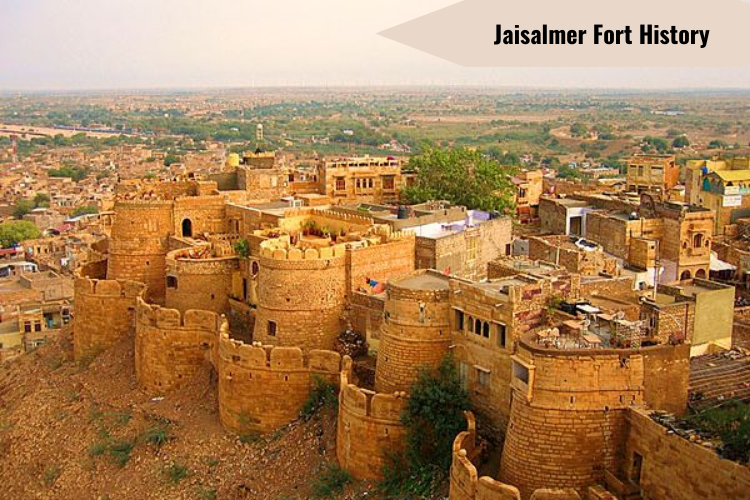
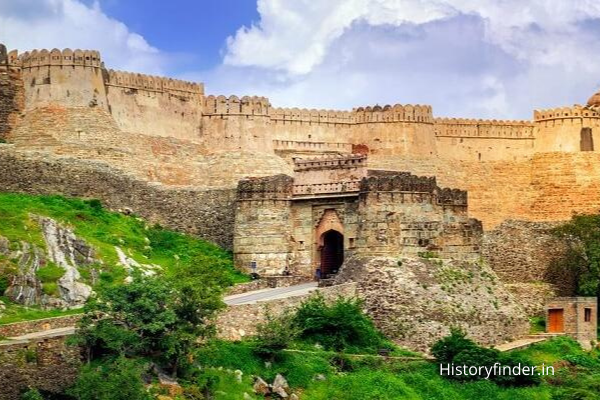
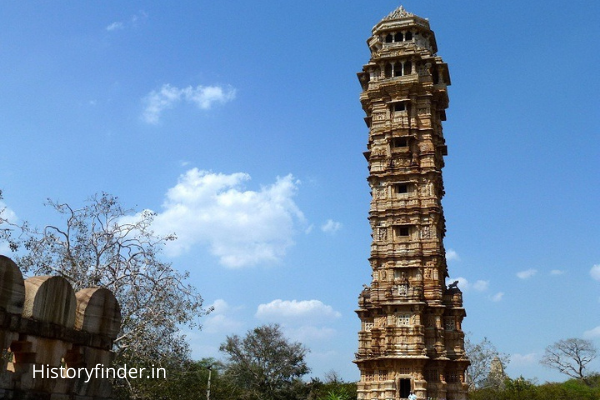
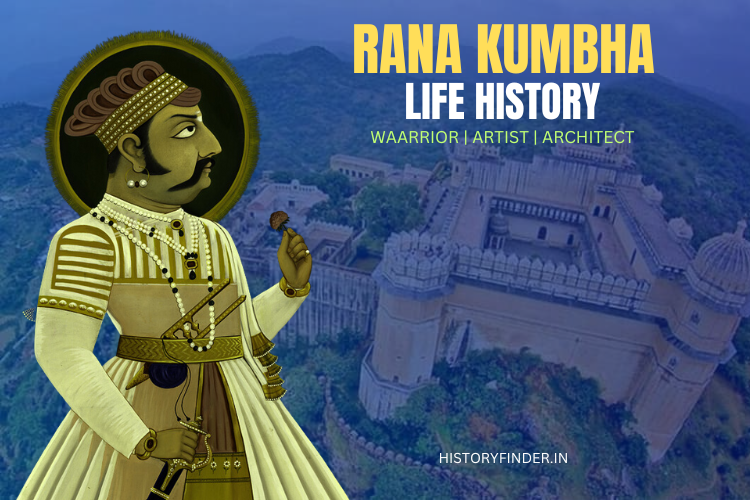
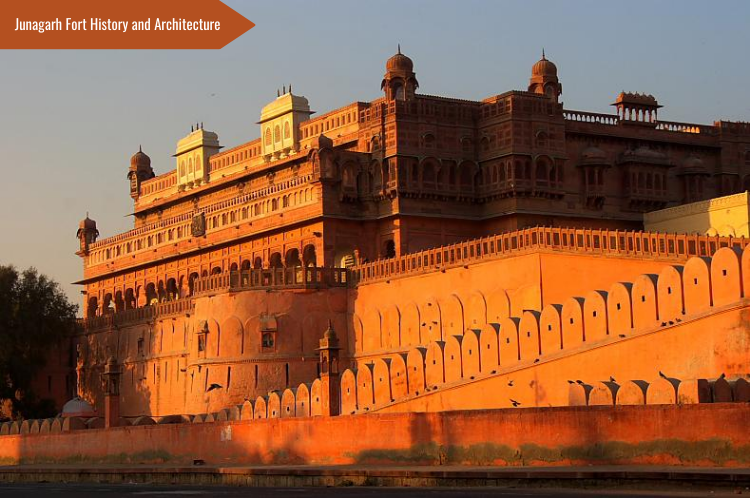
Pingback: Chittor Fort - History Finder